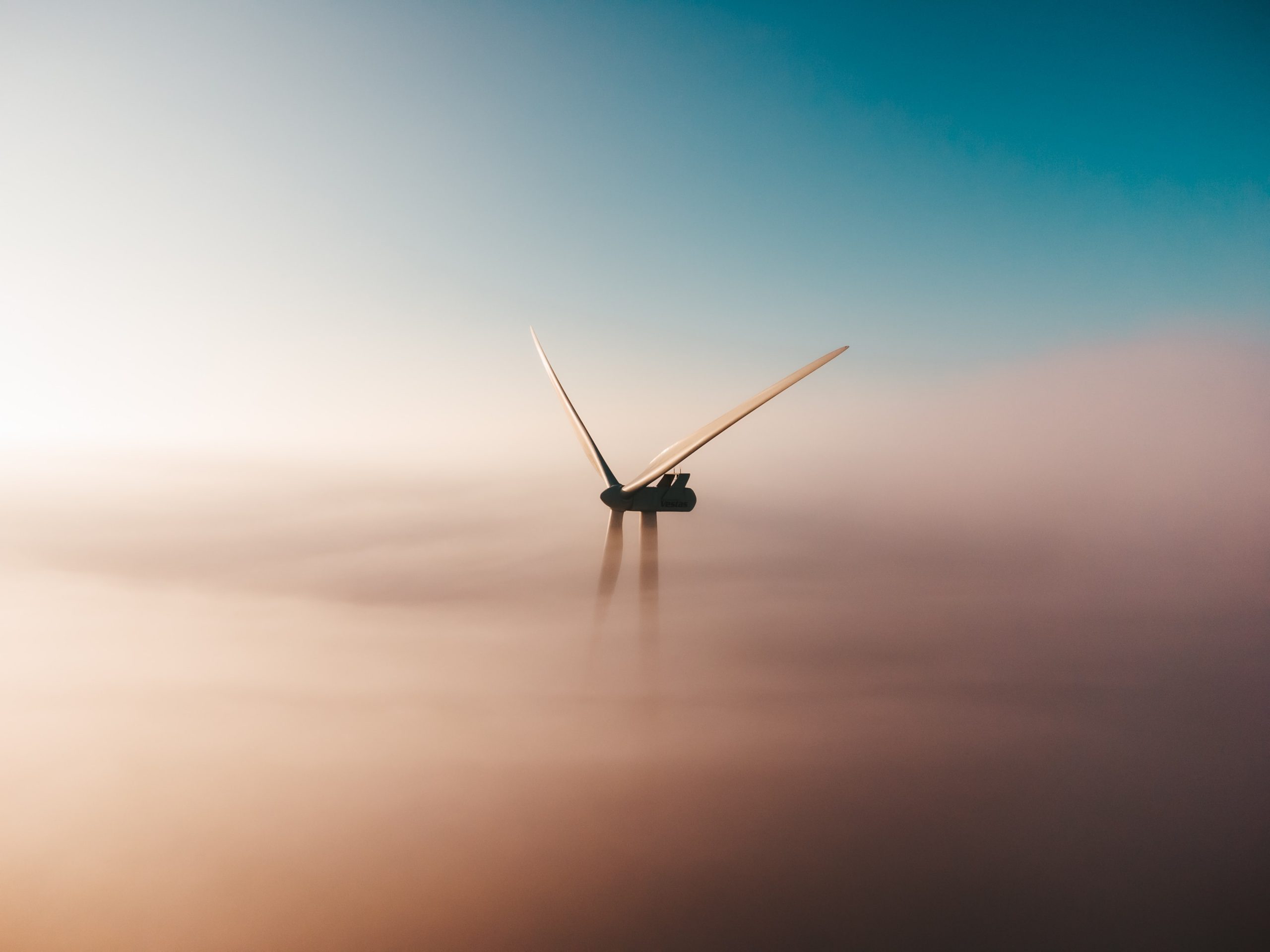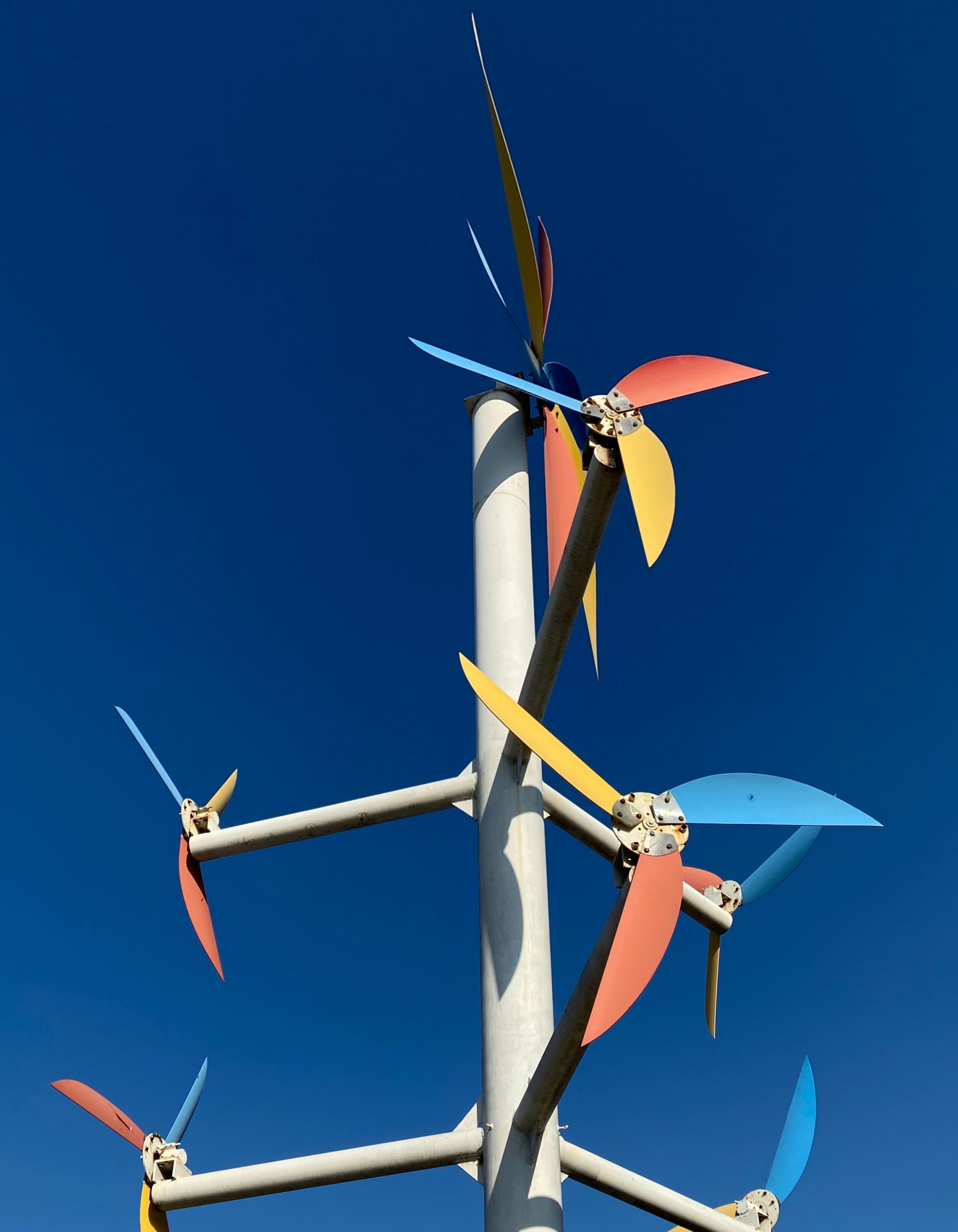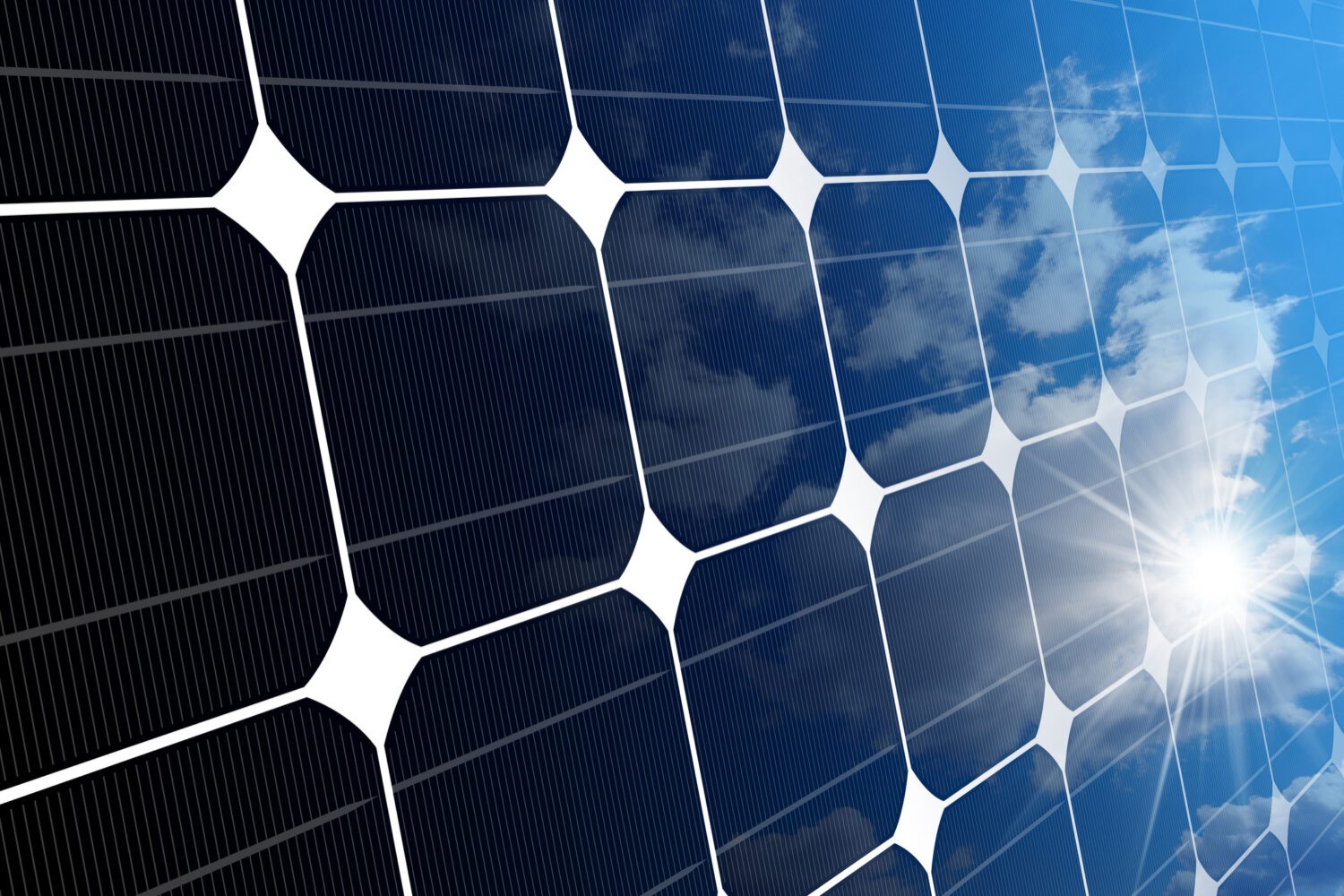
It’s a good time for wind
According to the Nation Grid, Great Britain produced a record amount of wind-powered electricity in 2022.
On a single day in November, more than 70% of electricity (around 20GW) was produced by wind. That’s enough power to heat about 1700 homes for a year.
That record was again broken on 30 December when 20.918GW was generated by wind turbines. For five months of the year (February, May, October, November and December), more than half of electricity came from so-called zero carbon electricity sources renewable and nuclear.
Scientists, governments and the UN say switching to renewable power is crucial as the effects of global warming are already being felt, including in the UK, which last year recorded its hottest year since records began.
On a single day in November, more than 70% of electricity (around 20GW) was produced by wind. That’s enough power to heat about 1700 homes for a year.
Gas remained the single most significant source of electricity last year, the National Grid Electricity System Operator (ESO) said, but electricity from wind turbines continued to grow in importance. Overall, 48.5% of electricity came from renewable and nuclear power, compared to 40% from gas and coal power stations.
Finland’s wind power capacity increased by 75 per cent last year, according to the Finnish Wind Energy Association (FWPA).
With almost half of Finland’s wind power domestically owned, the renewable energy source is providing a significant lifeline during the current energy crisis.

Credit: Simon Godfrey | Unsplash
“Wind power is now increasing our country’s energy self-sufficiency at a really good pace – just when new and affordable electricity production is most needed,” says Anni Mikkonen, CEO of the FWPA. In 2022, Finland put 427 new wind turbines into operation, adding 2,430 megawatts of capacity. One megawatt could power an estimated 1,000 homes, meaning the new turbines could service over 2.4 million households.
The country now has a total of 1,393 wind turbines producing a combined power of 5,677 MW – potentially enough to power an estimated 5.5 million homes in a country with a population of 5.5 million.
Wind power capacity is expected to increase by around 1,000 MW annually over the next few years. By 2025, wind is expected to cover at least 28 per cent of Finland’s electricity consumption, up from almost 10 per cent in 2021.
As renewable energy capacity increases, more and more electricity will be produced from renewable sources. In Great Britain but not only. Last year, Finland’s wind power capacity increased by 75 per cent.
According to C2ES (Center for Climate and Energy Solutions), wind was the second largest renewable energy source worldwide (after hydropower) for power generation. Wind power produced more than 6 percent of global electricity in 2020 with 743 GW of global capacity (707.4 GW is onshore). Capacity is indicative of the maximum amount of electricity that can be generated when the wind is blowing at sufficient levels for a turbine. Because the wind is not always blowing, wind farms do not always produce as much as their capacity. With around 290 MW, China had the largest installed capacity of wind generation in 2020. The United States, with 122.5 GW, had the second-largest capacity; Texas, Oklahoma, Iowa, and Kansas provide more than half of U.S. wind generation, with Texas greatly leading all other states in installed capacity, at 27 percent of the U.S. total. In 2019, wind energy overtook hydropower for the largest share of renewable generation in the U.S., providing 8.4 percent of electricity in 2020.

Credit: Shark Ovski | Unsplash
Although energy generated by the movement of air is being used for hundreds of years, modern turbines reflect significant technological advances over early windmills and even over turbines from just 10 years ago. Generating electric power using wind turbines creates no greenhouse gases, but since a wind farm includes dozens or more turbines, widely-spaced, it requires thousands of acres of land. For example, Lone Star is a 200 MW wind farm on approximately 36,000 acres in Texas. However, most of the land in between turbines can still be utilized for farming or grazing.
Average turbine size has been steadily increasing over the past 30 years. Today, new onshore turbines are typically in the range of 2 – 5 MW. The largest production models, designed for off-shore use can generate 12 MW; some innovative turbine models under development are expected to generate more than 14 MW in offshore projects in the coming years. Due to higher costs and technology constraints, off-shore capacity, approximately 35.6 GW in 2020, is only a small share (about 5 percent) of total installed wind generation capacity.

